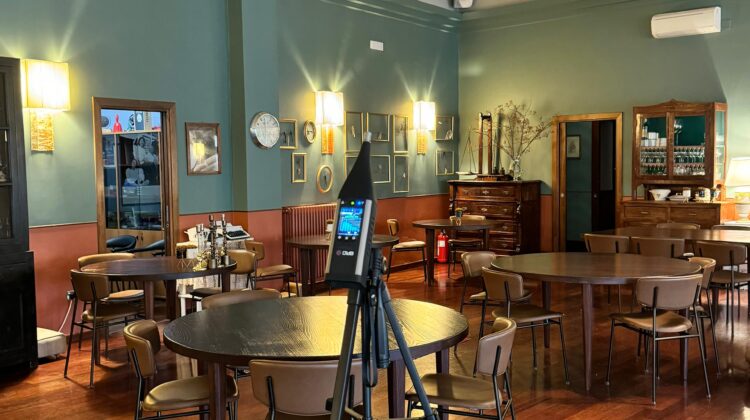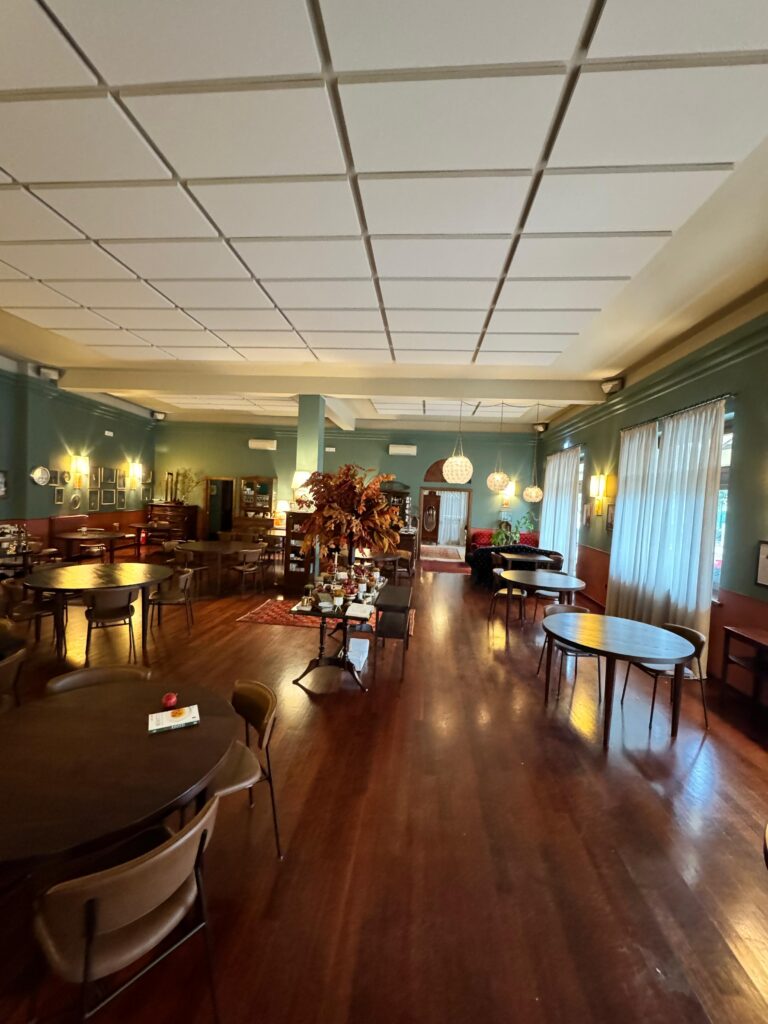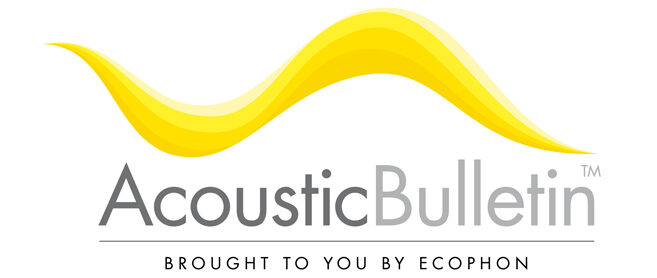
Acoustic comfort is a crucial factor in the environmental quality of restaurant spaces. This study presents the case of the Michelin-starred restaurant Oasis Sapori Antichi in Vallesaccarda (AV), which underwent a targeted acoustic optimization intervention. Preliminary acoustic measurements revealed non-compliant values for reverberation time (RT), clarity index (C50), and speech transmission index (STI). Following the design and installation of a sound-absorbing ceiling system with direct fix, all acoustic parameters were brought within optimal ranges. The intervention significantly improved the users’ auditory experience, confirming the importance of acoustics in the design of dining spaces.
Introduction
Acoustic well-being is a fundamental factor in the perception of indoor environmental quality, particularly in public venues such as restaurants. Excessive noise can hinder communication among diners and negatively impact the overall customer experience. Well-known phenomena like the cocktail party problem and the Lombard effect exacerbate the issue by involuntarily increasing the background noise level.
The aim of this study is to describe the process of acoustic assessment and correction in a restaurant dining room using an integrated approach based on instrumental measurements, predictive modeling, and targeted design interventions.
Methodology
The pre-intervention acoustic measurements were conducted in compliance with UNI EN ISO 3382-2:2008, using a Fusion™ Class 1 sound level meter. The applied method was the integrated impulse response technique.
Microphone positions were uniformly distributed within the room, approximately 2 meters apart, placed 1.20 meters above the floor and at least 1 meter from walls. A blank-firing pistol was used as the broadband impulsive sound source.
The key acoustic descriptors considered were:
- Reverberation Time (RT)
- Clarity Index (C50)
- Speech Transmission Index (STI)
Pre-intervention results
With reference to the pre-intervention acoustic measurement campaign carried out in the restaurant hall, the average reverberation time (RT), the average clarity index (C50), and the average Speech Transmission Index (STI) were found to be 1.6 s, -1.8 dB, and 0.53, respectively.
Figures 2 to 10 show the reverberation time diagrams recorded at various frequencies for the four identified measurement positions, as well as the average clarity index of the area under investigation.
Parameter Measured Value (Pre-Intervention)
Reverberation Time (RT) 1.6 s
Clarity Index (C50) -1.8 dB
Speech Transmission Index (STI) 0.53
The measured data indicated an environment with excessive reverberation and poor speech intelligibility, with values far from those recommended for dining spaces (RT between 0.6–1.0 s; STI ≥ 0.60).
Acoustic intervention design
The acoustic treatment was designed based on simulation models and guidelines from the research program “Quiet Areas in Restaurants”.
Ecophon Master™ SQ sound-absorbing panels (1200x600x40 mm), made of glass wool and directly fixed to the soffit, were selected and uniformly installed on the ceiling to ensure the required equivalent absorption area.
The panel selection was driven by the need to achieve high acoustic performance while minimizing visual impact and preserving the architectural aesthetics of the space.

Acoustic treatment in the restaurant.
Post-intervention results
Parameter Measured Value (Post-Intervention)
Reverberation Time (RT) 0.8 s
Clarity Index (C50) 2.7 dB
Speech Transmission Index (STI) 0.64
The post-intervention results show a clear improvement: RT was halved, C50 values turned positive, and STI exceeded the recommended threshold, ensuring a high level of acoustic clarity and comfort throughout the dining room.
Conclusions
This case study demonstrates how a well-designed acoustic intervention can significantly enhance the auditory environment in a restaurant, improving both customer satisfaction and staff efficiency.
Often overlooked, acoustic comfort proves to be a decisive factor in the design of environments intended for social interaction and dining.
The adopted methodology—based on pre-measurement, simulation, corrective implementation, and post-verification—provides a replicable model for similar environments.
Author: Domenico Russo – Acousticlab – Innovative Startup, Academic Spin-Off of the University of Salerno
You may be interested also in:
Restaurants get louder—here’s how good acoustics and table spacing can break the cycle

